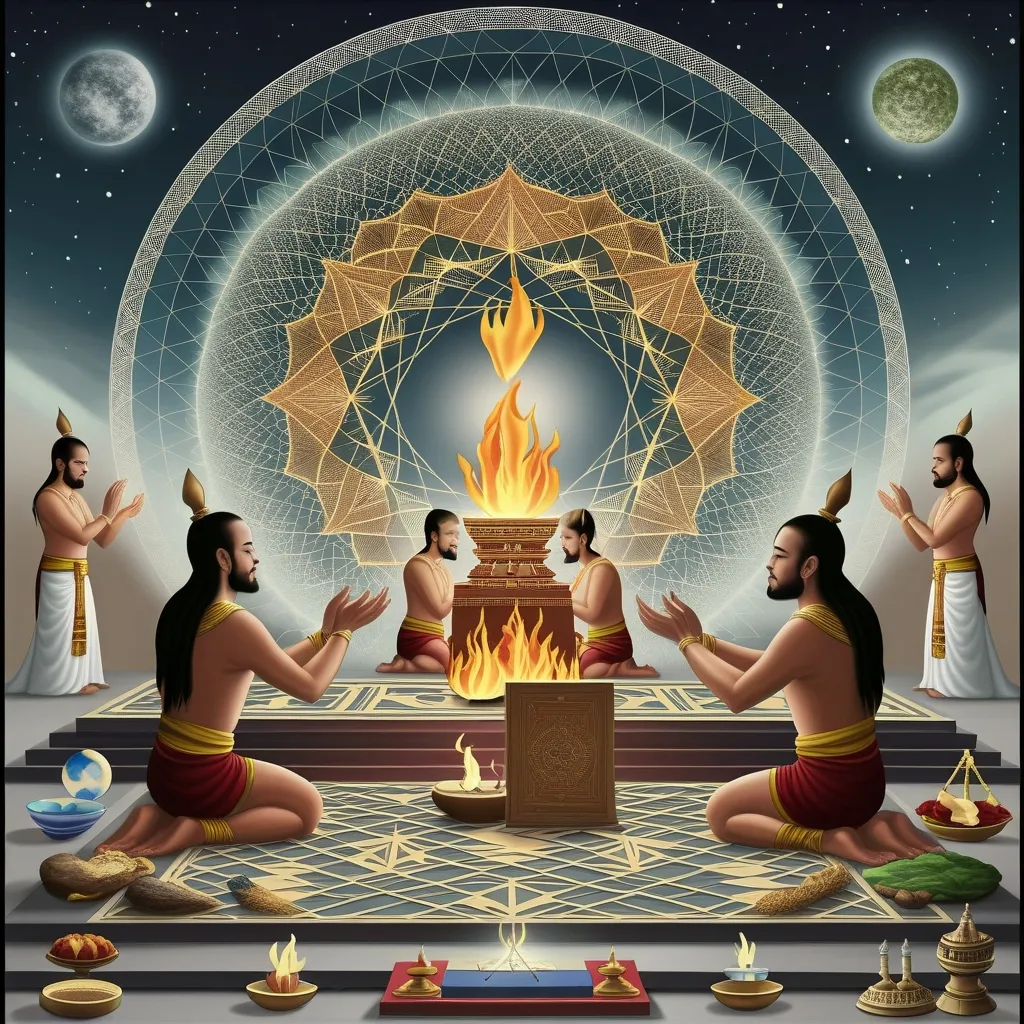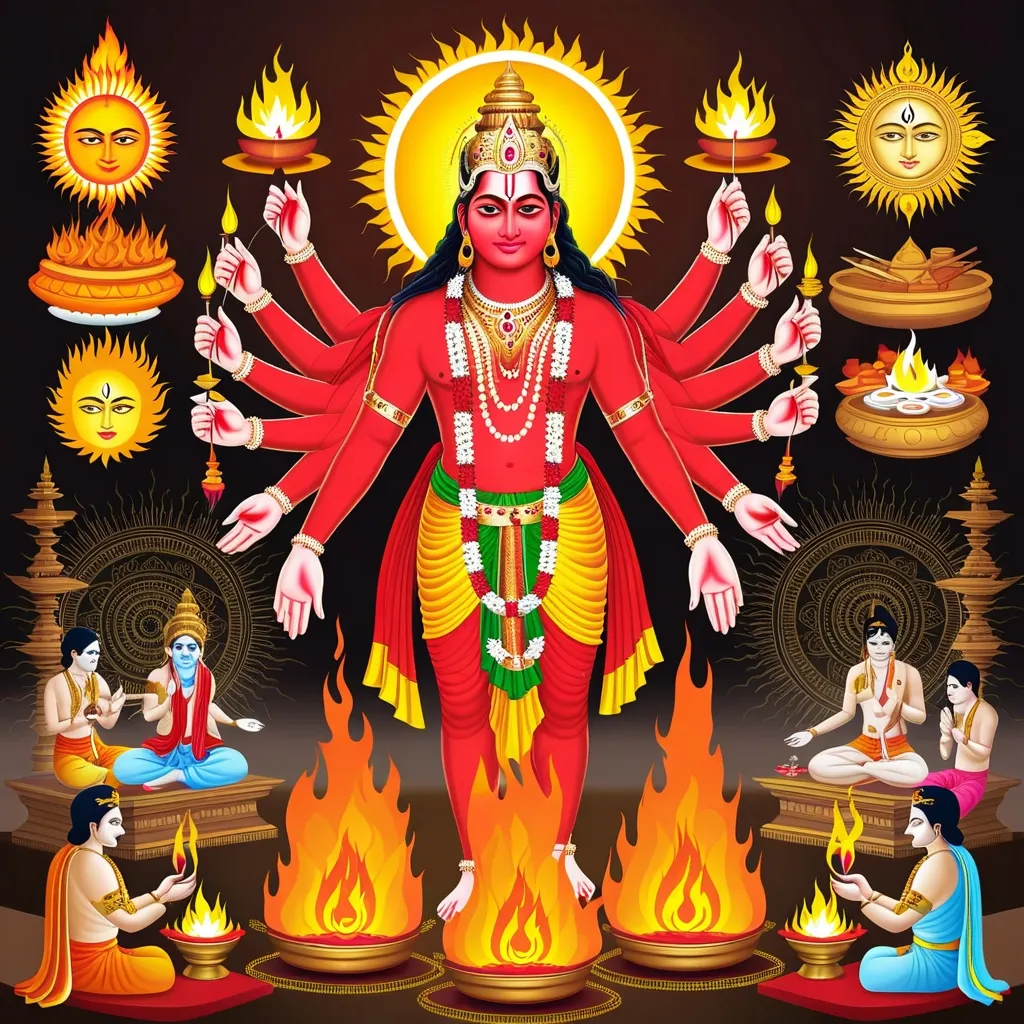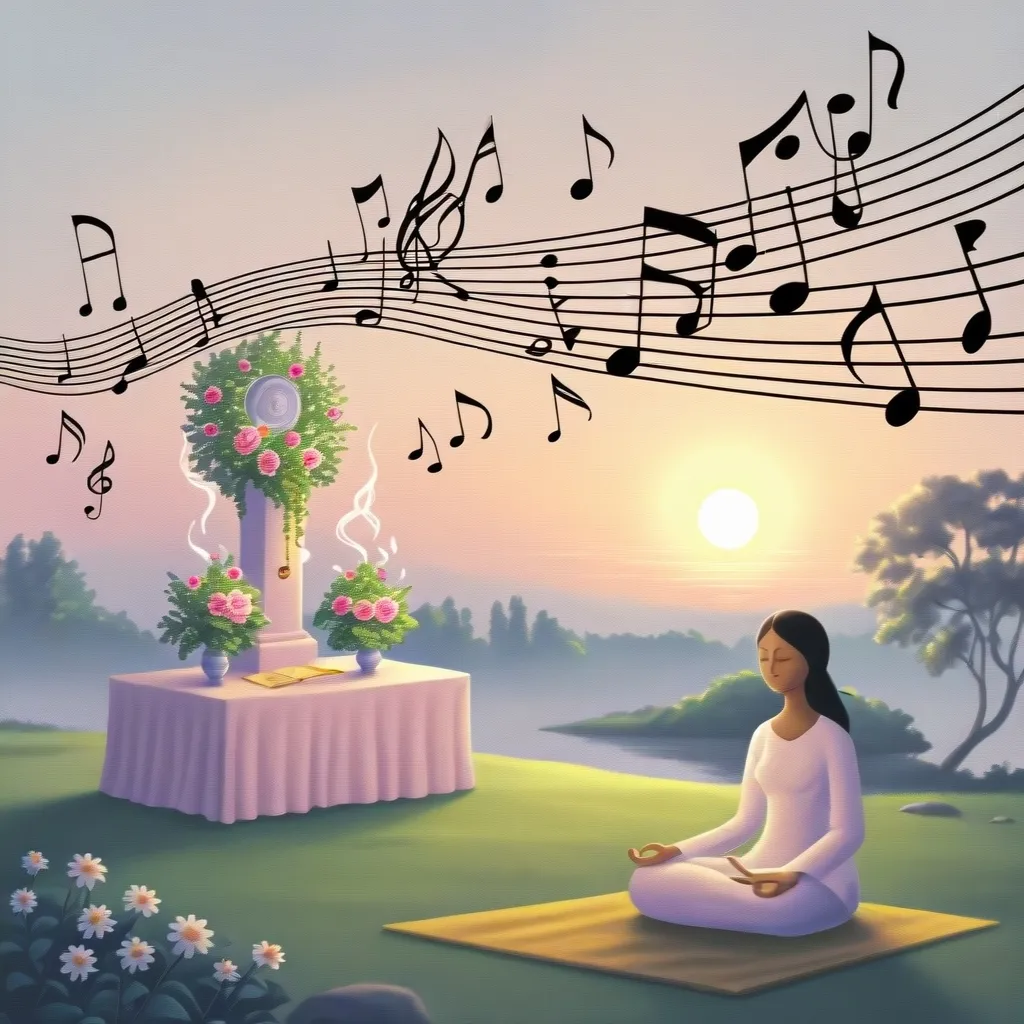The Yajur Veda holds a special place in the vast world of Hindu scriptures, acting as a cornerstone of ancient Vedic rituals and cosmology. It’s not just a compilation of sacrificial instructions but a profound guide that intricately weaves together the very fabric of the universe and human existence. Let’s take a deep dive into the Yajur Veda and see how its rituals reflect the universal structure.
The Yajur Veda translates to “the knowledge of sacrificial rites” and is one of the four key Vedas in Hinduism. As a comprehensive manual for performing various sacrificial rituals, known as Yajnas, it’s integral to Vedic religion. These rituals aim to invoke divine forces, maintain cosmic order, and seek blessings for prosperity, health, and spiritual enlightenment.
An essential point about Yajur Veda’s rituals is their meticulous craftsmanship, which mirrors the universe’s structure. Take the sacrificial altar, for instance; it’s a microcosm of the universe. Built in specific geometric patterns, often squares or circles, the altar symbolizes the harmony and balance found in nature. Every element, from the stones’ placement to the fire pit’s orientation, is precisely aligned to reflect celestial bodies and cardinal directions.
Mantras play a massive role in these rituals as well, serving as more than sacred sounds. They’re considered powerful enough to connect the human realm with the divine. During rituals, priests recite these mantras with precise pronunciation, invoking various deities like Agni (the fire god), Indra (the king of gods), and Soma (the divine elixir). These words are believed to harmonize the physical and metaphysical realms.
The Yajur Veda branches into two main parts: the Shukla (White) Yajur Veda and the Krishna (Black) Yajur Veda. The Shukla Yajur Veda, or Vajasaneyi Samhita, presents mantras and their explanations in a clear, methodical way. This version splits into the Madhyandina and Kanva recensions, each having slight content and arrangement variations. On the other hand, the Krishna Yajur Veda blends mantras with explanations, incorporating rituals with explanatory notes. It includes several recensions like the Kathaka, Maitrayani, and Kapisthala Katha Samhitas.
Another interesting aspect of the Yajur Veda is its philosophical insights that go beyond rituals. It contains significant Upanishadic texts like the Isha Upanishad, delving into themes of spiritual knowledge, self-nature, and ultimate reality (Brahman). These discourses have significantly influenced Hindu thought and practice. The Isha Upanishad, for instance, teaches that the individual self (Atman) is ultimately one with the universal self (Brahman), a concept central to Hindu spirituality.
The Yajur Veda’s rituals aren’t just earthly ceremonies; they’re designed to maintain cosmic order. For example, the Agnihotra ritual involves the daily milk oblation into the fire, seen as a way to sustain nature’s life-giving forces. Similarly, the Cāturmāsya rituals, performed at the start of three seasons, ensure life’s cyclical renewal and nature’s balance.
One of the most intricate Yajur Veda rituals is the Pravargya, aimed at achieving long life, unimpaired faculties, health, strength, prosperity, security, tranquility, and contentment. This ritual involves offering cow milk and grains to the fire, symbolizing divine nourishment and sustenance. The precise execution of this ritual is believed to bring about a harmony and balance state, reflecting universal principles of creation and sustenance.
Despite its ancient origins, the Yajur Veda remains relevant today, offering spiritual connection, personal growth, and ethical living paths. Its teachings emphasize discipline, selfless service, and pursuing higher knowledge, inspiring individuals to lead meaningful lives amid modern challenges. The Yajur Veda’s interconnectedness and balance between the physical and metaphysical realms resonate with those seeking a deeper understanding of the universe and their place within it.
The Yajur Veda has profoundly impacted Hindu culture and social practices, shaping the framework of ceremonies like weddings, funerals, and significant life events. Its emphasis on duty, sacrifice, and discipline continues to guide individuals in leading virtuous lives, fostering interconnectedness with the divine and fellow beings. The intricate rituals and ceremonies have been preserved and adapted over millennia, maintaining their relevance in contemporary Hindu worship and cultural celebrations.
In conclusion, the Yajur Veda stands as a testament to the rich spiritual and intellectual heritage of ancient India. Its detailed rituals, philosophical explorations, and enduring influence make it a vital part of the Vedic tradition. As we delve into its depths, we uncover timeless wisdom that continues to illuminate the path of spiritual seekers worldwide. The Yajur Veda’s rituals, reflecting the universe’s structure, remind us of our place within the grand cosmic order and guide us toward a life filled with harmony, balance, and spiritual growth.






